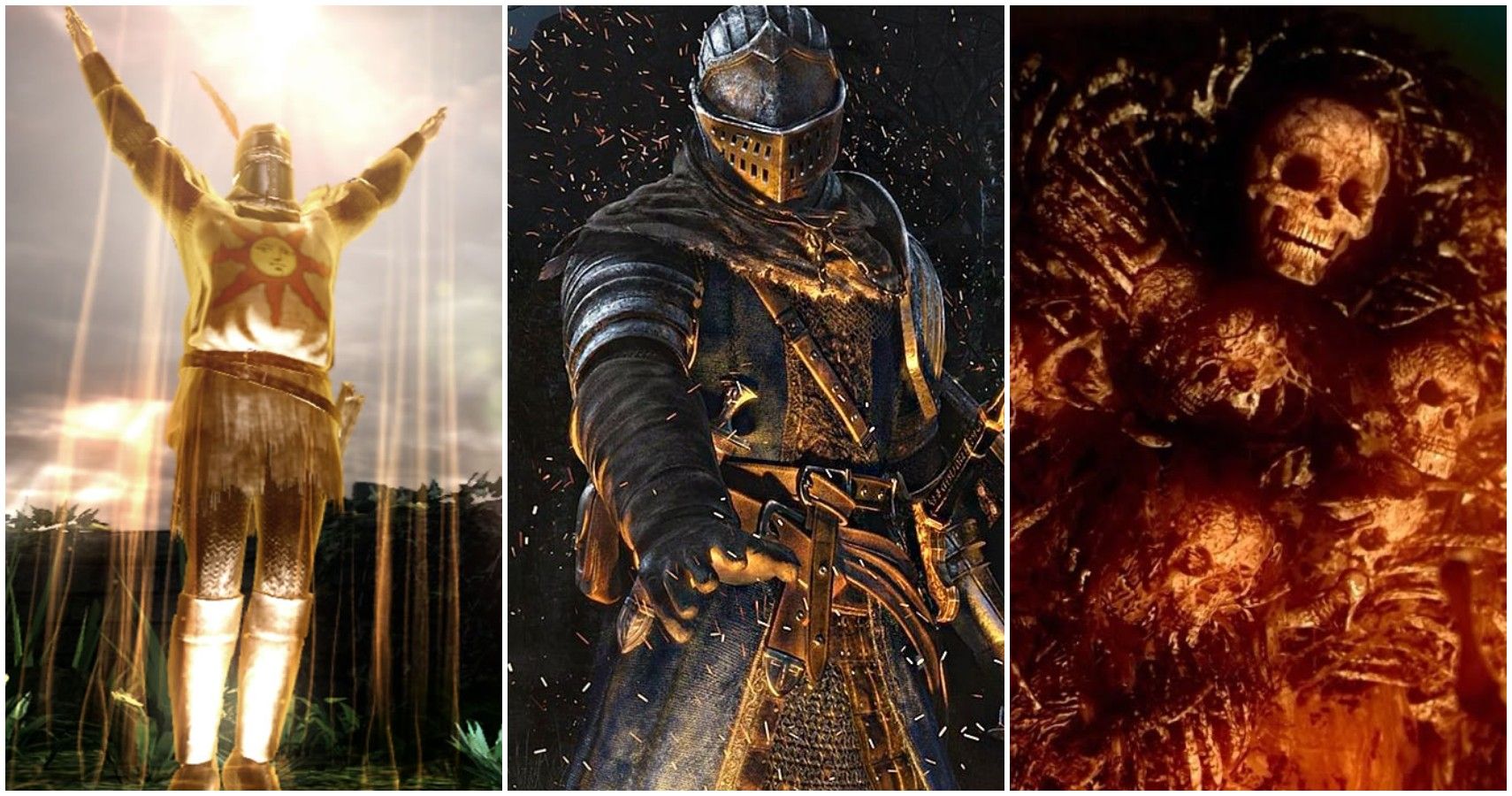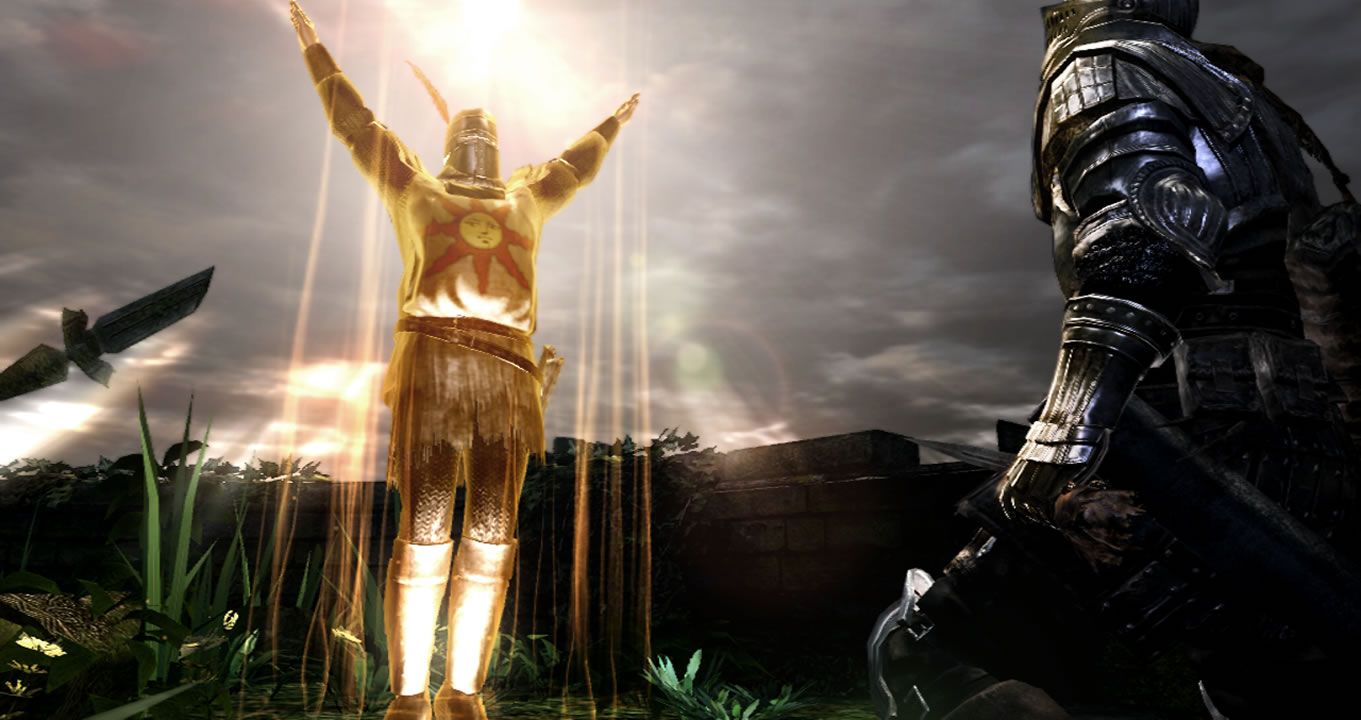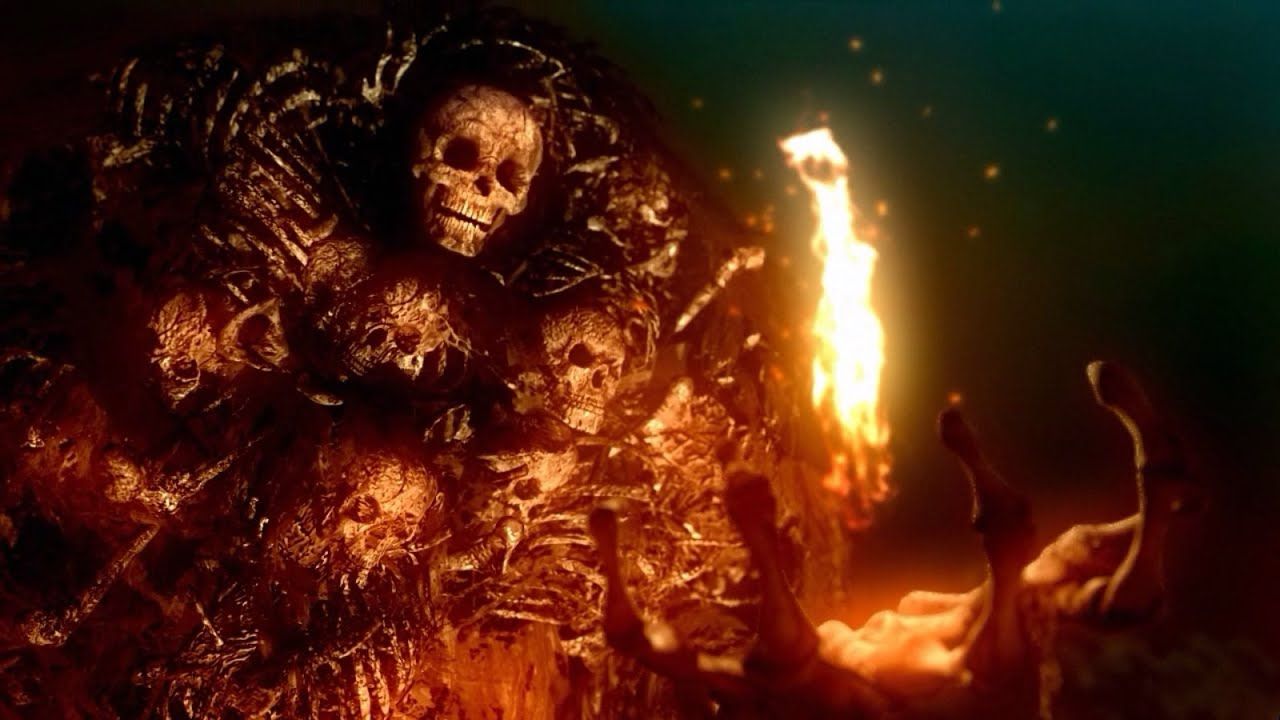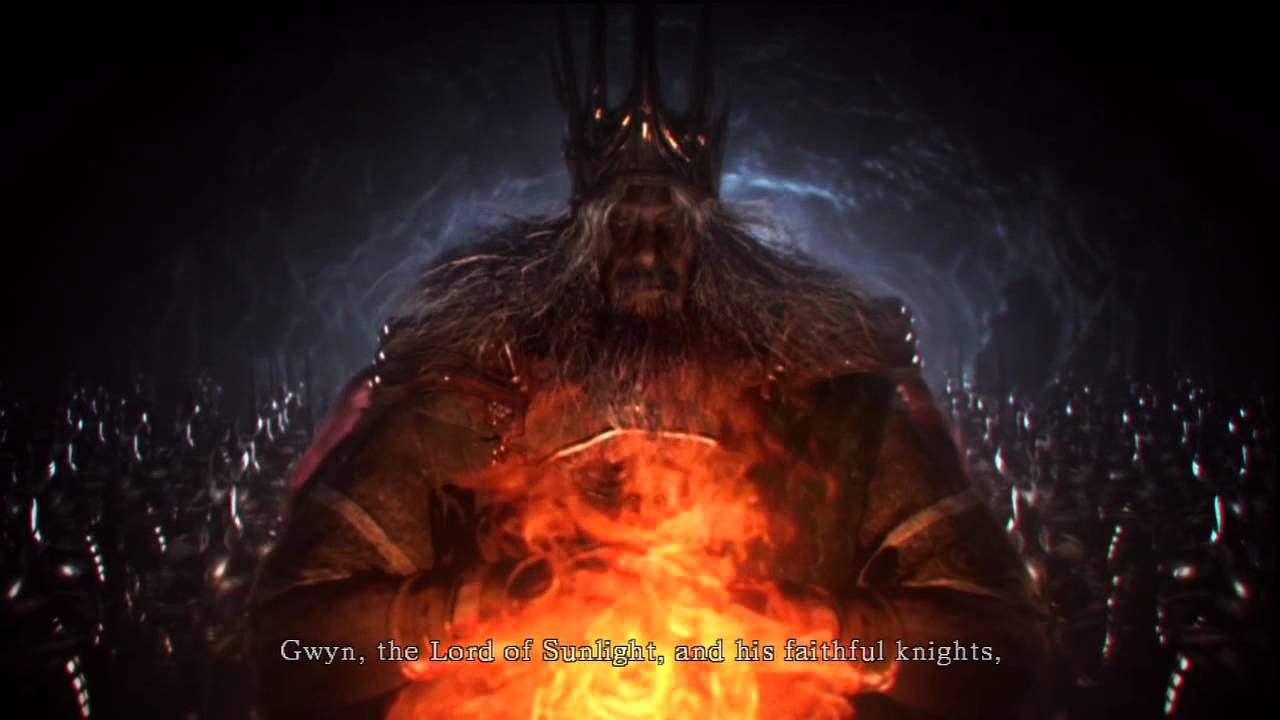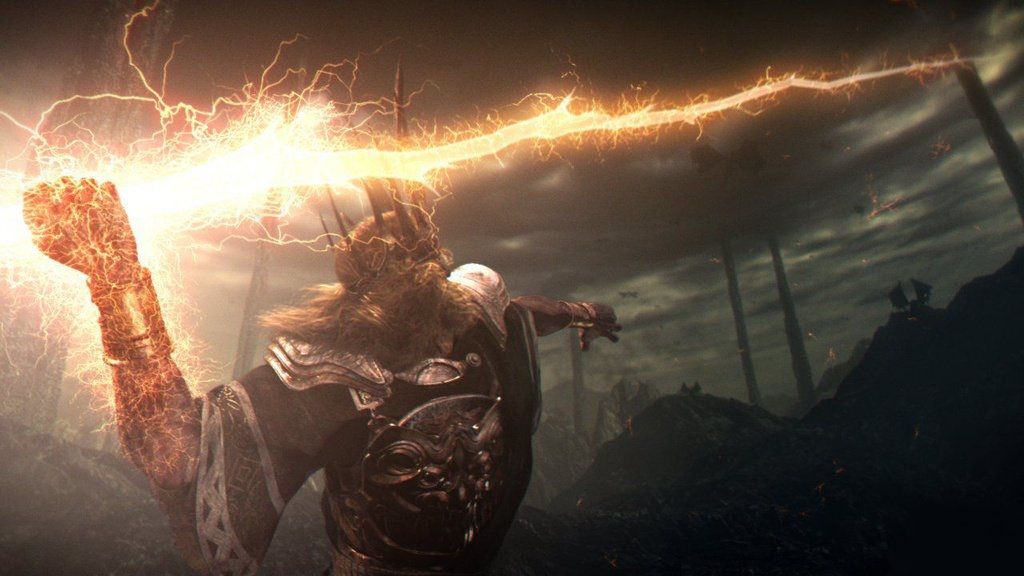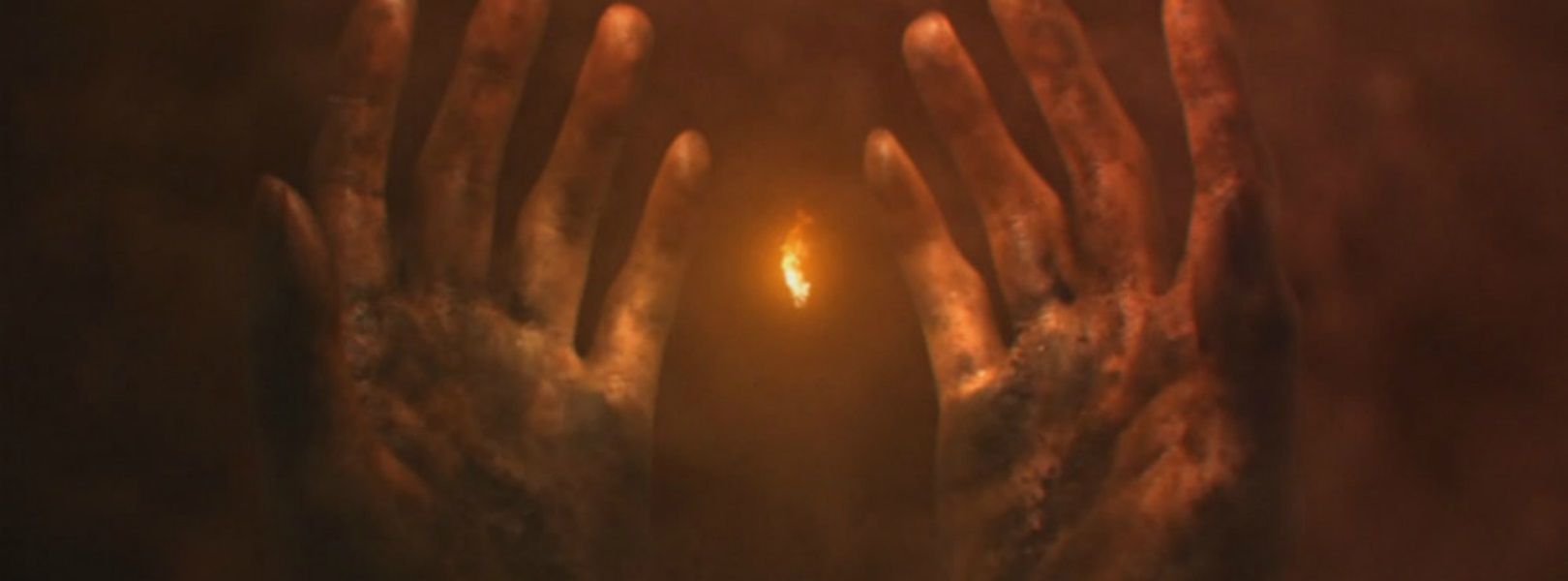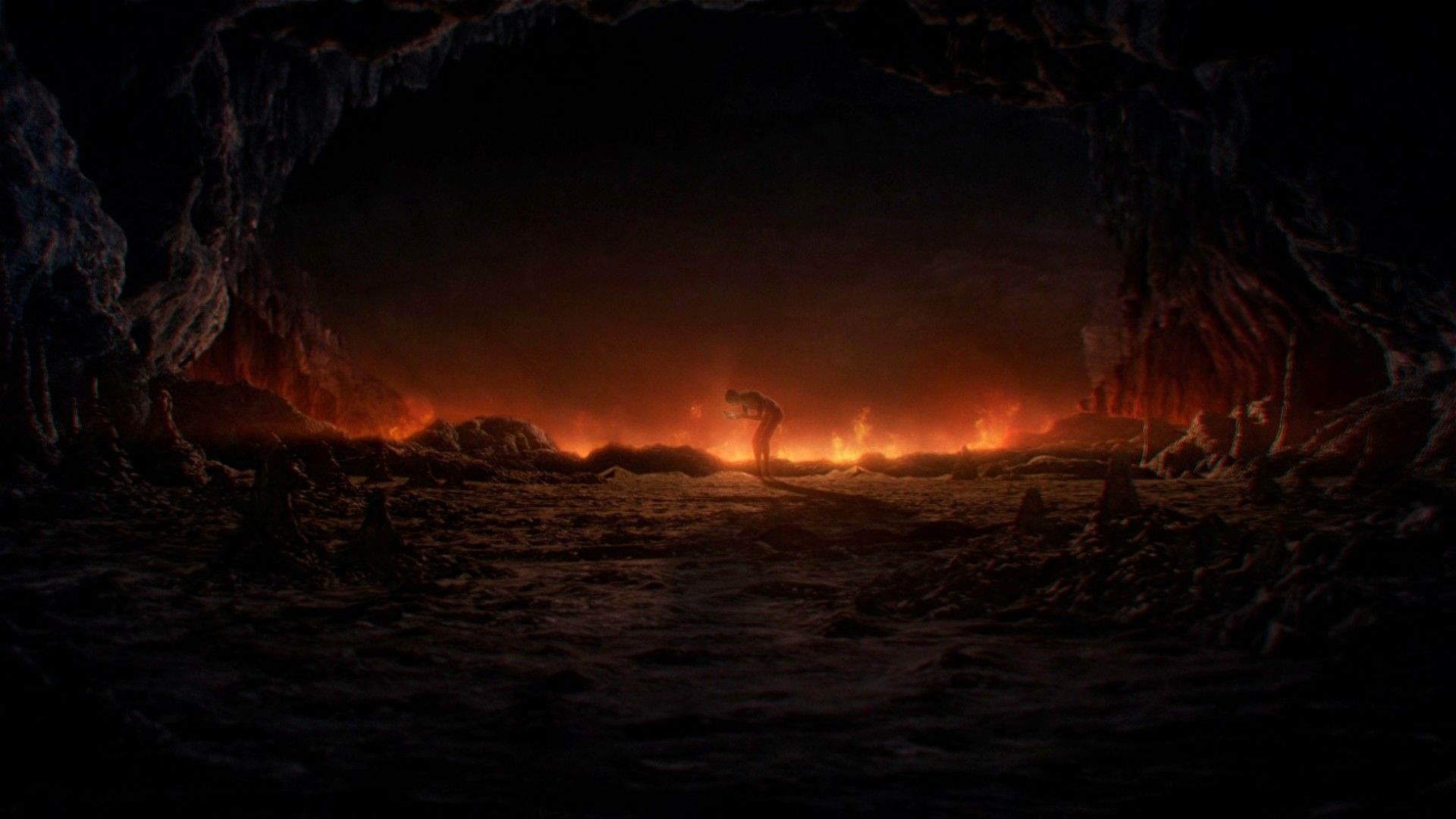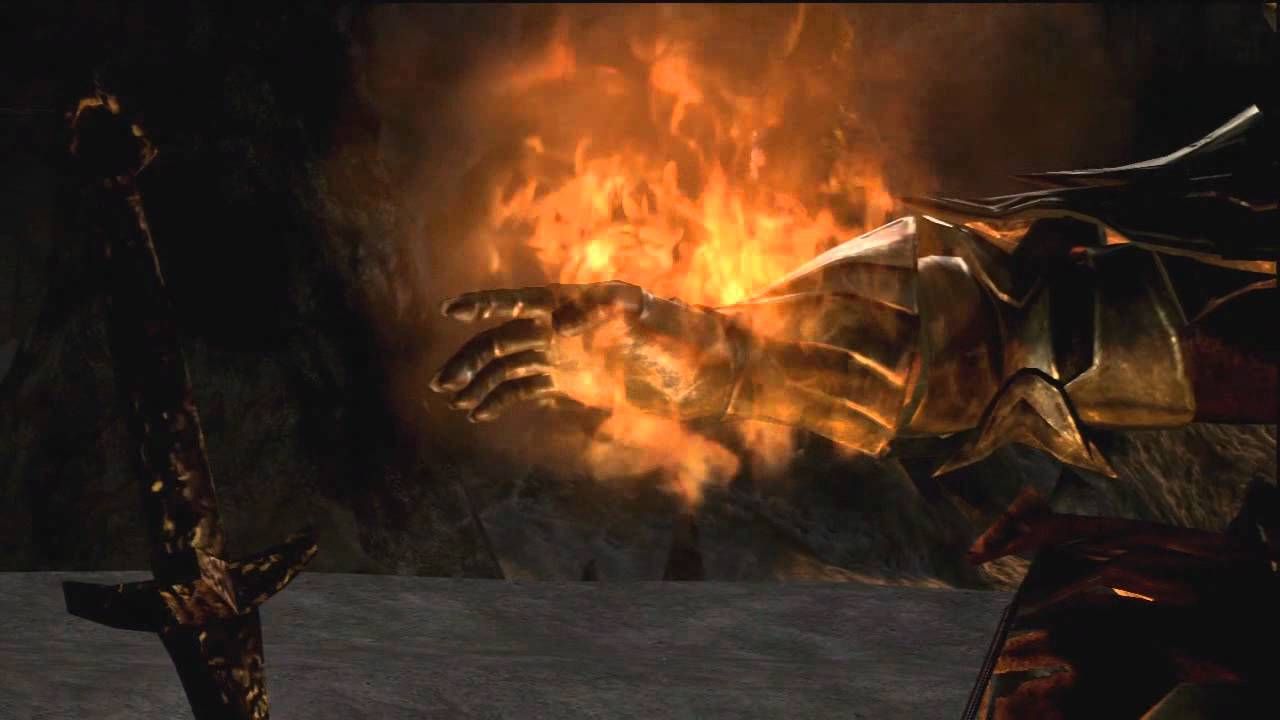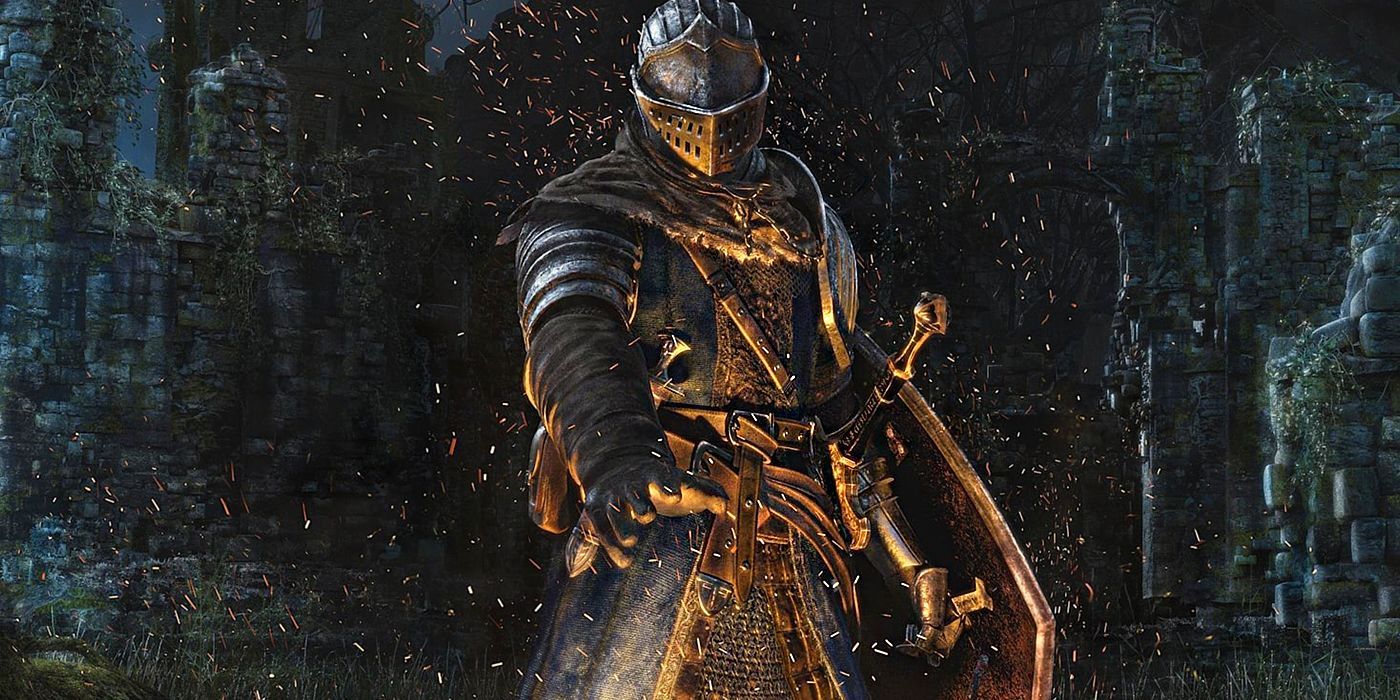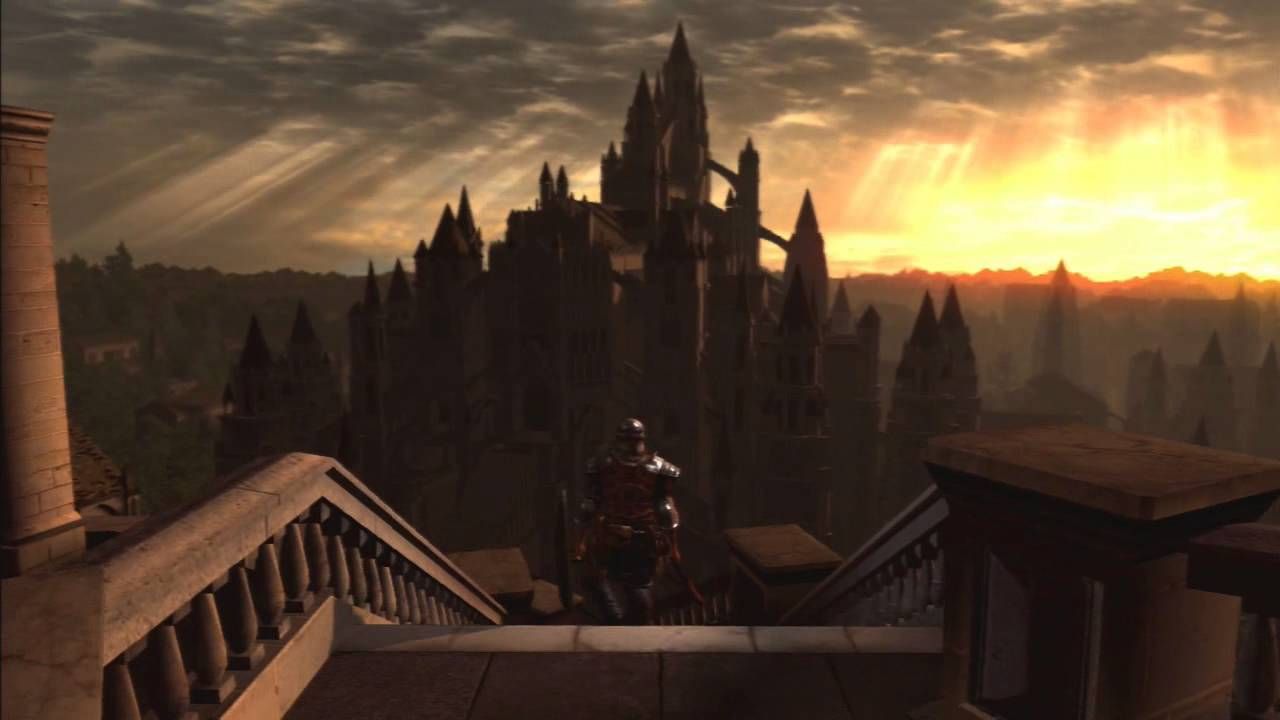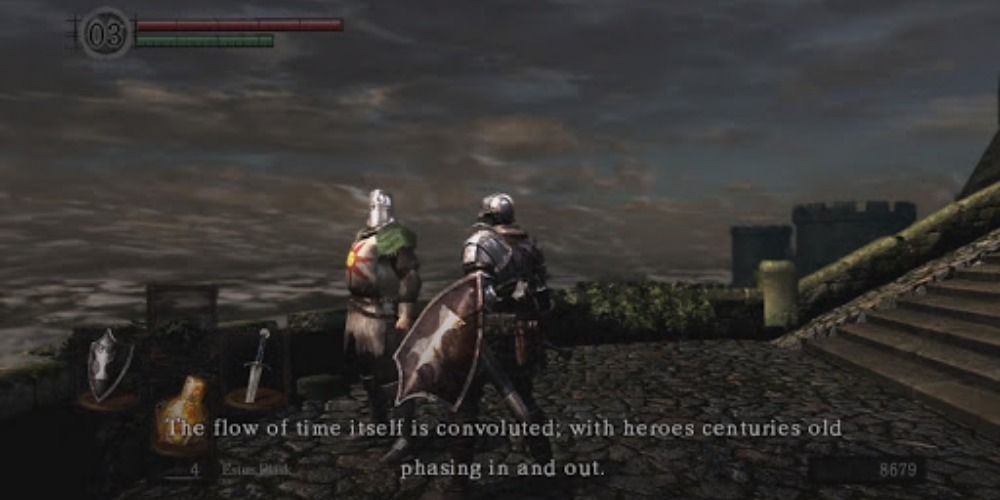True to its spirit of providing hardcore difficulty for players, understanding the lore in Dark Souls is also hard. It's as if the whole plot and world were just made to serve as the backdrop for an insanely nerve-wracking video game. Still, that doesn't mean that the lore is nonexistent or uninteresting.
The opposite is true. The lore is made as vague as possible while maintaining an oppressive atmosphere. Scarcity dictates that rare stuff is more sought after, and lore exposition in Dark Souls is rather rare. Not much is explained and lots of players are left to ponder at some of the most prevalent mysteries in the game. Luckily, this list will answer those mysteries, some of which have become a pop culture for the fanbase.
10 PRAISE THE SUN
'Praise the Sun' is merely a gesture in Dark Souls that copies Solaire of Astora's pose with both arms and open pals raised up high with stiff closed legs and raised heels. Solaire simply likes the sun too much. It has, however, become a universal symbol in the fanbase for cooperation or better still, jolly cooperation.
That's because Dark Souls often has an ominous and hopeless ambiance. Every little help counts and something as big as the friendly and radiant Solaire or fellow players aping him is proof that not all hope is lost. Hence, 'praise the sun' is an expression of thankfulness to reinforcements.
9 NO REALLY, WHAT EXACTLY IS HAPPENING IN THE STORY?
But why would players need to trudge through the game in the first place apart from challenging themselves? Well, it's either to renew the glory days of the Age of Fire by wresting control from the old rulers of Lordran or starting something new from the ashes of that outdated age.
Basically, Dark Souls is one zombie's quest for ascension to godhood because the old gods who ruled are weakening. That zombie is supposedly someone described in a prophecy, which is why he or she is often referred to as the "Chosen Undead."
8 WHAT IS THE "FLAME?"
The Flame is practically a MacGuffin in Dark Souls. No one really knows what it is except that it's a device for power. All players need to understand about the Flame is that it's a magical reaction that makes life possible and gives power to creatures that aren't dragons, evening out the playing field.
Now, since the Flame is also a literal fire, it needs fuel and that fuel would be those who borrowed its power, which is why Lord Gwyn sacrificed himself to rekindle the weakening Flame. Sadly, this also caused cursed humans with immortality but not the good kind since they come back from the dead as zombies or hollows (official term).
7 WHY DID THE GODS WANT TO KEEP THE FLAME GOING?
If keeping the Flame is hard and each attempt becomes less and less effective at prolonging it, then why do the gods in Dark Souls keep trying? The easiest answer would be because it maintains their power and rule over the world.
These original gods— the first three Lords who killed the dragons and took over depended on the Flame for stability. Meanwhile, those who possess a special kind of soul granted by the Flame, the Dark Soul, seem to get the best of both worlds where they can thrive with and without the Flame, just like the dragons, which is why they're a threat to the gods.
6 WHAT IS THE "DARK SOUL?"
The namesake of the game, the Dark Soul, is a unique kind of Lord Soul which originated from the Flame. It's also the soul that created humans when the Furtive Pygmy, one of the four original Lords created by the First Flame or Flame, fragmented the Dark Soul and turned it into Humanity, which got distributed to the human race.
Now, the aforementioned prophecy pertains to an undead with a Dark Soul who will supposedly rekindle the Flame and prevent it from becoming extinguished. Because if so, then the world will come back to its dark and colorless state.
5 WHO IS THE FURTIVE PYGMY?
The Furtive Pygmy as stated before, is the runt of the litter when the Flame gave birth to four Lords with special souls. In the eyes of the other lords, he's an evil one and might someday rise to take a chunk of power. So they like to keep the Furtive Pygmy and anyone who shares the Dark Soul with him in check (basically hollows/humans).
But who really is the Furtive Pygmy in the game? Speculations point to Manus, Father of the Abyss as the Furtive Pygmy. It was never confirmed but there are no better candidates. The only close one is the Chosen Undead (players) but that's a bit of a stretch.
4 WHAT'S THE IMPLICATION OF EACH BIG CHOICE?
Despite the multiple endings in each game, there are only two fundamental choices: rekindle the Flame or let the world go back to darkness. There is a variation to the second ending where players get to usurp the power of the Flame but using the Dark Soul where humans or hollows will rule instead of gods.
Either way, the rekindling option means the cycle will just renew, not rekindling will cause an apocalypse, and usurping means a soft-apocalypse where humans can control what happens to the world that's not dependent on the Flame. So, rekindling ending is best for those who like the gods, the end of fire is best for those who hate everything, and the usurpation ending is best for those who hate the gods but like humans and hollows.
3 ARE PLAYERS THE ANTAGONISTS?
All the characteristics of hollows and anyone who possesses the Dark Soul paint them in a rather villainous light. The player character, the Chosen Undead, is no exception. So are players really the antagonists in Dark Souls series? That depends on the ending they pick.
If they rekindle the Flame then they're pretty much heroes who made the noble sacrifice as other rulers before they did. Not rekindling definitely makes them the villain. Usurping is more morally ambiguous and serves as an alternative that favors the hollows.
2 IS LORDRAN CONNECTED TO LOTHRIC AND DRANGLEIC?
One major headache that will never go away with Dark Souls fans is the continuity of all three games. Each game takes place in a similar yet different place, Lordran in the first, Drangleic in the second, and Lothric in the third. All three are connected and not at the same time.
Lordran is also Drangleic and Lothric. Three different locations in the same place in different eras. All these were able to exist due to previous souls rekindling the Flame and renewing the cycle of life, death, and decay.
1 THE FLOW OF TIME
As for how and why some of the characters are still alive and some of the places looked like they're just dropped on top of an existing one? Time, apparently. That's the best explanation for it— a convoluted time.
Time doesn't flow in Dark Souls' world the same way it does in the real world. Heroes will phase in and out of timelines and so do places and whole worlds. Past, present, and future intertwine with one another. That way, no storytelling plot holes can exist. Best not to think about it, it just works!

